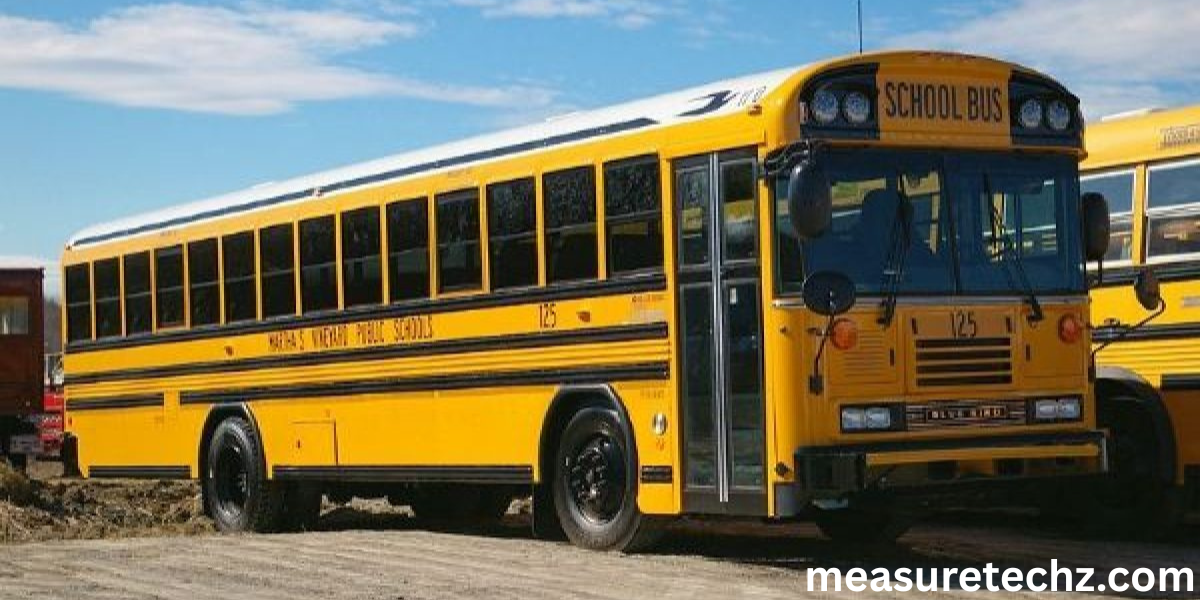If you’re a parent sending your child to school or a school administrator managing transportation, one common question comes up: “What size school bus do we need?”
School buses aren’t one-size-fits-all. From small buses that carry a handful of children to large buses that fit an entire class, knowing the right size helps with safety, budgeting, and planning. In this guide, we’ll break down school bus sizes in simple terms—so parents and schools can make informed decisions.
Why Do School Bus Sizes Matter?
Choosing the right bus size isn’t just about fitting kids inside. It’s also about:
- Safety – ensuring students aren’t overcrowded.
- Efficiency – choosing the right bus for your routes.
- Cost – larger buses use more fuel and require bigger parking spaces.
- Accessibility – some buses are better for special needs transportation.
Types of School Bus Sizes
1. Mini or Short School Bus
- Length: 20–25 feet
- Capacity: Around 10–30 passengers
Best for:
- Smaller schools
- Special needs students
- Narrow streets or rural areas
Mini buses are easier to maneuver and park, making them ideal for neighborhoods where a full-size bus just won’t fit.
2. Mid-Size School Bus
- Length: 25–35 feet
- Capacity: Around 30–50 passengers
Best for:
- Medium-sized schools
- Short to medium routes
- After-school activity transport
These buses strike a balance—large enough for most routes but not as bulky as the biggest buses.
3. Full-Size (Large) School Bus
- Length: 35–40+ feet
- Capacity: Around 50–90 passengers
Best for:
- Large school districts
- Long routes with many stops
- High school and middle school routes
This is the classic yellow school bus most people picture. They’re built to move a lot of students safely and efficiently.
Quick School Bus Size Comparison
| Bus Type | Length | Seats / Capacity | Best For |
|---|---|---|---|
| Mini / Short Bus | 20–25 feet | 10–30 passengers | Special needs, small schools, tight streets |
| Mid-Size Bus | 25–35 feet | 30–50 passengers | Medium routes, activities |
| Full-Size Bus | 35–40+ feet | 50–90 passengers | Large districts, long routes |
Tips for Parents Choosing a Bus
- Ask about seating capacity → Make sure your child won’t be overcrowded.
- Look at safety features → Seat belts, cameras, and emergency exits.
- Understand the route → Short buses are often used in smaller neighborhoods.
Tips for Schools Choosing a Bus
- Match bus size to student numbers → Avoid wasting fuel on half-empty buses.
- Plan for growth → If enrollment is rising, a mid- or full-size bus may be smarter.
- Consider accessibility → Wheelchair lifts and ramps may be easier to install in certain models.
Final Thoughts
School bus sizes range from small 20-foot buses for 10–30 students to large 40-foot buses carrying up to 90 passengers. The right size depends on how many students you need to transport, the routes you’re running, and your school’s budget.
For parents, understanding bus sizes helps you feel confident about your child’s safety. For schools, it ensures transportation is safe, efficient, and cost-effective.
So whether it’s a short neighborhood bus or the classic full-size yellow giant, now you know exactly what each school bus size means.

